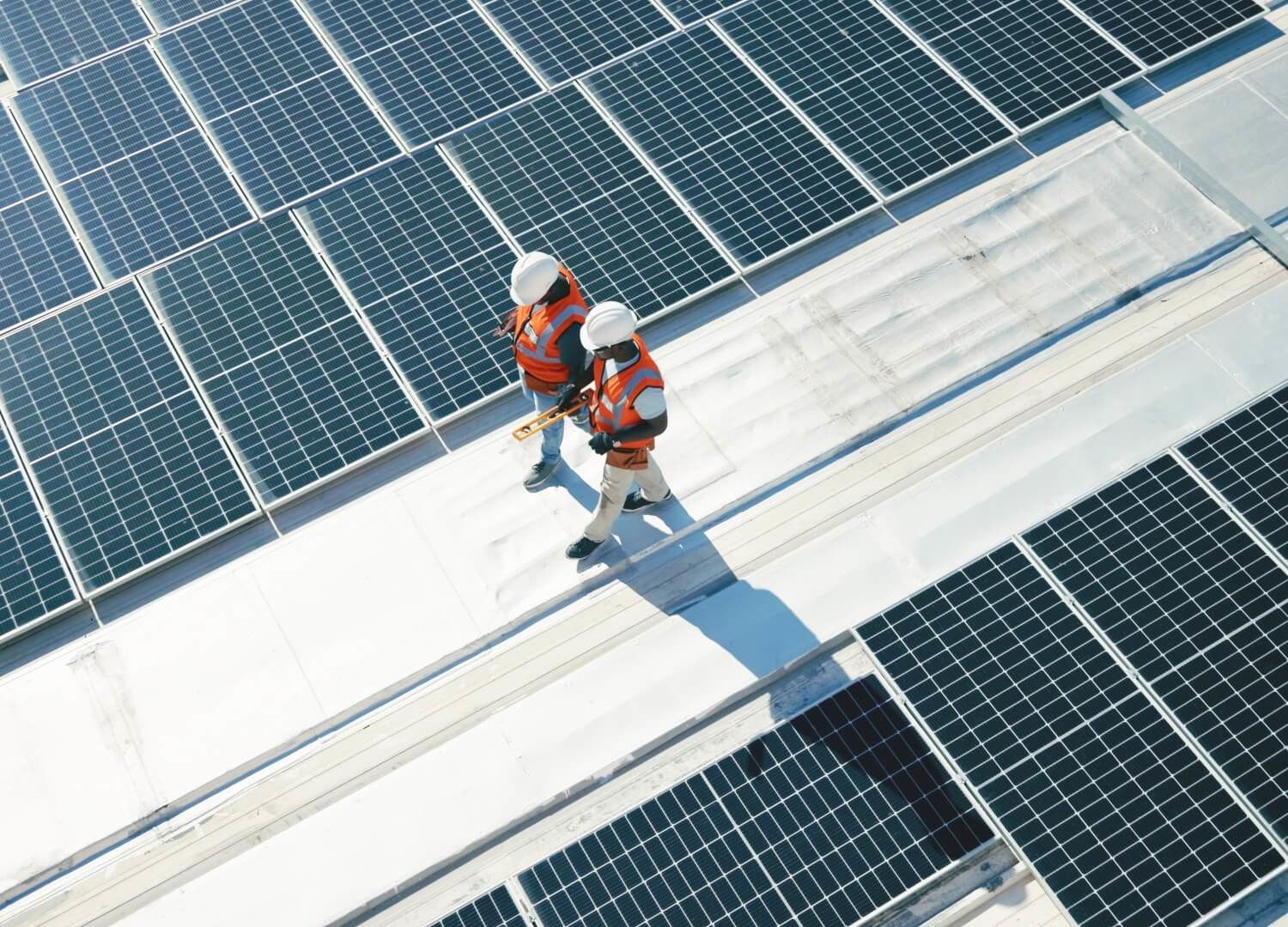The solar battery market in Australia has seen significant growth in 2024, fueled by increasing consumer interest in energy independence, falling battery prices, and government incentives. From large-scale battery projects to residential solar energy storage, the market is expanding rapidly, positioning Australia as one of the global leaders in solar battery installations.
1. Utility-Scale Battery Projects Surge
Australia’s utility-scale battery market is booming, with more than 2.8 GW of new battery capacity under construction in 2024. This growth is expected to surpass the previous record set in 2023. Key states such as New South Wales, Queensland, and Western Australia are leading the charge in battery installations, helping to stabilize the grid and store excess solar energy for later use. These large-scale batteries are critical in supporting Australia’s transition to renewable energy by managing the variability of solar and wind power.
2. Residential Solar Battery Growth
Residential solar battery systems are also on the rise, with a projected 70,000 installations by the end of 2024. Homeowners are increasingly looking to solar batteries to reduce reliance on grid electricity, lower energy bills, and store excess energy generated by their solar panels. Popular battery models, such as the Tesla Powerwall 2 and Sungrow, allow households to store energy for use during peak hours or power outages, providing both cost savings and energy security.
3. Falling Costs and Technological Advancements
Solar battery prices have dropped significantly in recent years, making them more affordable for both residential and commercial users. For residential systems, costs typically range from $5,000 to $15,000, depending on capacity and installation requirements. Larger-scale projects have also seen reductions in costs, with prices for utility-scale batteries now sitting at around AUD 480/kWh for a four-hour battery system. These cost reductions, combined with improved battery technology, are helping to accelerate adoption across the country.
4. Government Incentives and Virtual Power Plants (VPPs)
Government incentives are playing a key role in encouraging the adoption of solar battery systems. Several states offer rebates and financial support for homeowners and businesses looking to install solar battery storage. Additionally, participating in Virtual Power Plants (VPPs) allows consumers to earn extra income by selling excess stored energy back to the grid during peak demand periods. Here’s how you can access these incentives:
-
New South Wales: Starting in November 2024, NSW will provide financial incentives for installing battery storage systems when paired with solar panels. Eligible households and businesses can benefit from rebates that reduce the upfront cost of battery installations. To qualify, installations must be completed by accredited suppliers, and applicants may also have the opportunity to join a VPP to sell excess energy.
-
Queensland: The Queensland government offers incentives under its solar battery grants, which cover a portion of the installation costs for eligible homeowners. Similar to NSW, installations must be done through approved suppliers, and households can participate in VPPs to sell energy back to the grid.
-
Victoria: Through the Victorian Solar Battery Rebate, homeowners can receive up to $4,174 towards the cost of a solar battery installation. This initiative encourages households to store and use more of their solar energy, reducing pressure on the grid. As in other states, participants in Victoria can also join VPPs to further offset costs and contribute to grid stability.
-
South Australia: South Australia's Home Battery Scheme continues to offer rebates of up to $2,000 for eligible solar battery systems. The state also promotes participation in VPPs, which allows households to use their stored energy and sell surplus power back to the grid, helping to balance electricity demand and lower energy bills.
To access these incentives, consumers should:
- Research eligibility: Ensure your household or business meets the eligibility requirements for state-based rebates.
- Choose an accredited installer: Installation must be carried out by approved installers who meet the standards set by the relevant state authority.
- Join a VPP: Many energy providers offer VPP programs, where you can sell excess electricity back to the grid. Check with your energy provider to see if they offer a VPP service and how to participate.
- Apply for rebates: Once the installation is complete, apply for the rebates through your state’s energy department or authorized program.
With incentives making battery installations more affordable, 2024 is shaping up to be a pivotal year for solar energy storage in Australia. As solar battery technology becomes more accessible, more households and businesses are looking to reduce their reliance on the grid, lower energy bills, and contribute to a greener future.
If you’re interested in exploring solar battery options for your business, contact Austech Power & Gas today to learn more about how you can benefit from these programs.

